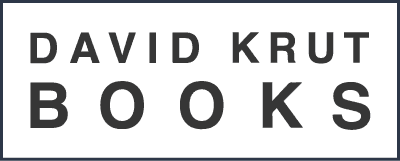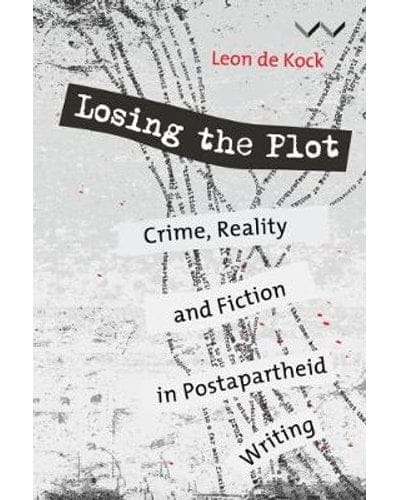Losing The Plot – Crime, Reality And Fiction In Postapartheid Writing
R350
In Losing The Plot, well-known scholar and writer Leon de Kock offers a lively and wide-ranging analysis of postapartheid South African writing which, he contends, has morphed into a far more flexible and multifaceted entity than its predecessor. If postapartheid literature’s founding moment was the ‘transition’ to democracy, writing over the ensuing years has viewed the Mandelan project with increasing doubt. Instead, authors from all quarters are seen to be reporting, in different ways and from divergent points of view, on what is perceived to be a pathological public sphere in which the plot- the mapping and making of social betterment – appears to have been lost.
In stock
Description
In Losing The Plot, well-known scholar and writer Leon de Kock offers a lively and wide-ranging analysis of postapartheid South African writing which, he contends, has morphed into a far more flexible and multifaceted entity than its predecessor. If postapartheid literature’s founding moment was the ‘transition’ to democracy, writing over the ensuing years has viewed the Mandelan project with increasing doubt. Instead, authors from all quarters are seen to be reporting, in different ways and from divergent points of view, on what is perceived to be a pathological public sphere in which the plot- the mapping and making of social betterment – appears to have been lost.
The compulsion to forensically detect the actual causes of such loss of direction has resulted in the prominence of creative nonfiction. A significant adjunct in the rise of this is the new media, which sets up a ‘wounded’ space within which a ‘cult of commiseration’ compulsively and repeatedly plays out the facts of the day on people’s screens; this, De Kock argues, is reproduced in much postapartheid writing.
And, although fictional forms persist in genres such as crime fiction, with their tendency to overplot, more serious fiction underplots, yielding to the imprint of real conditions to determine the narrative construction.
Additional information
| Author | |
|---|---|
| Date Published | 2016 |
| Language | English |
| Publisher |


